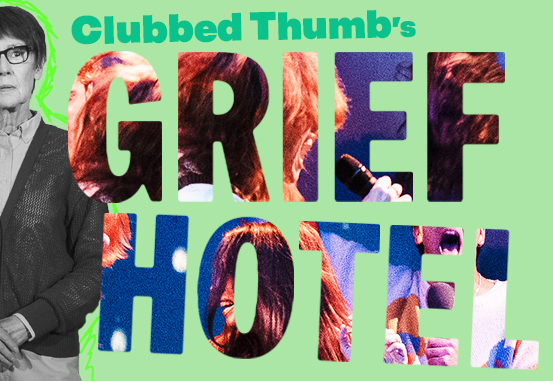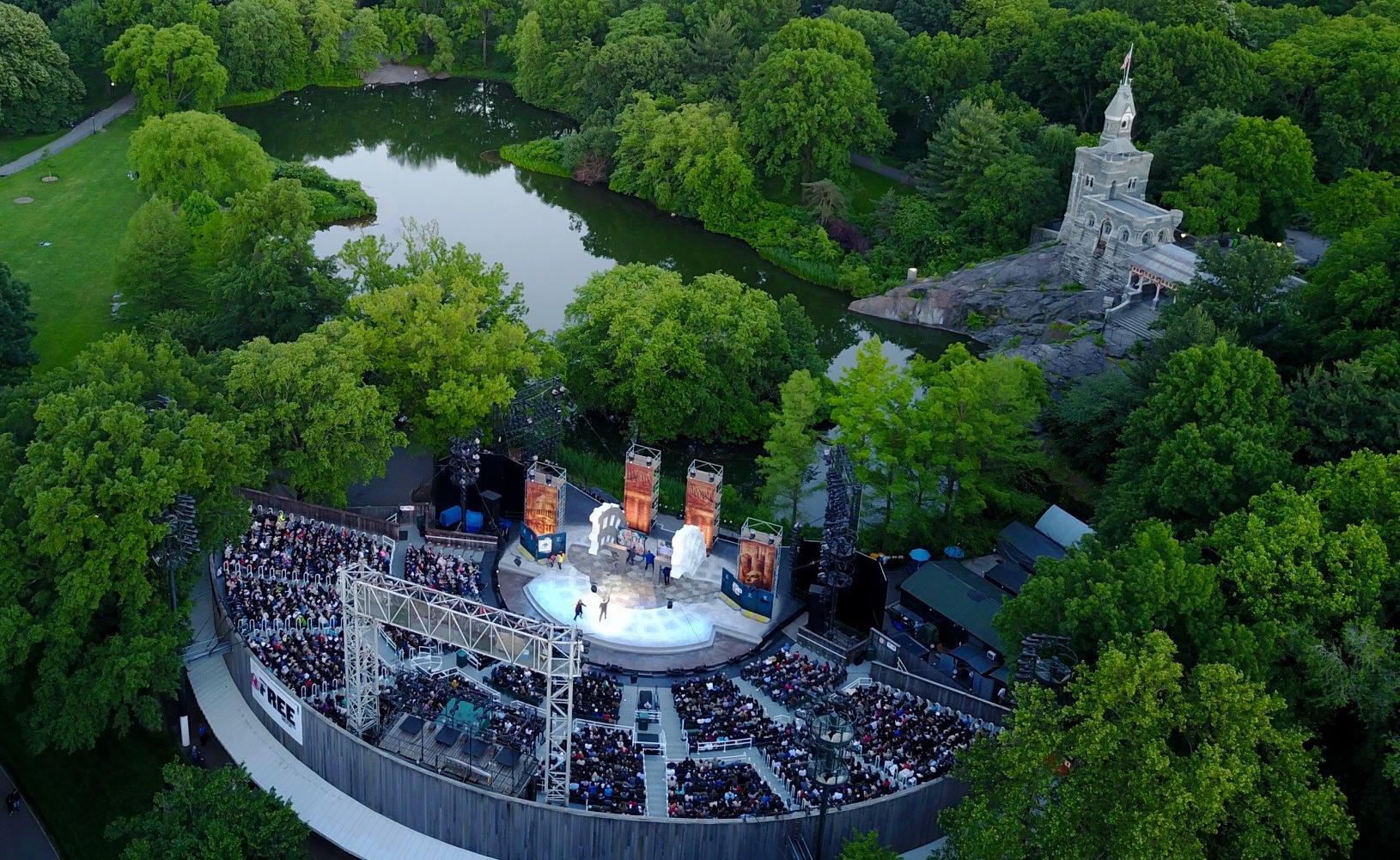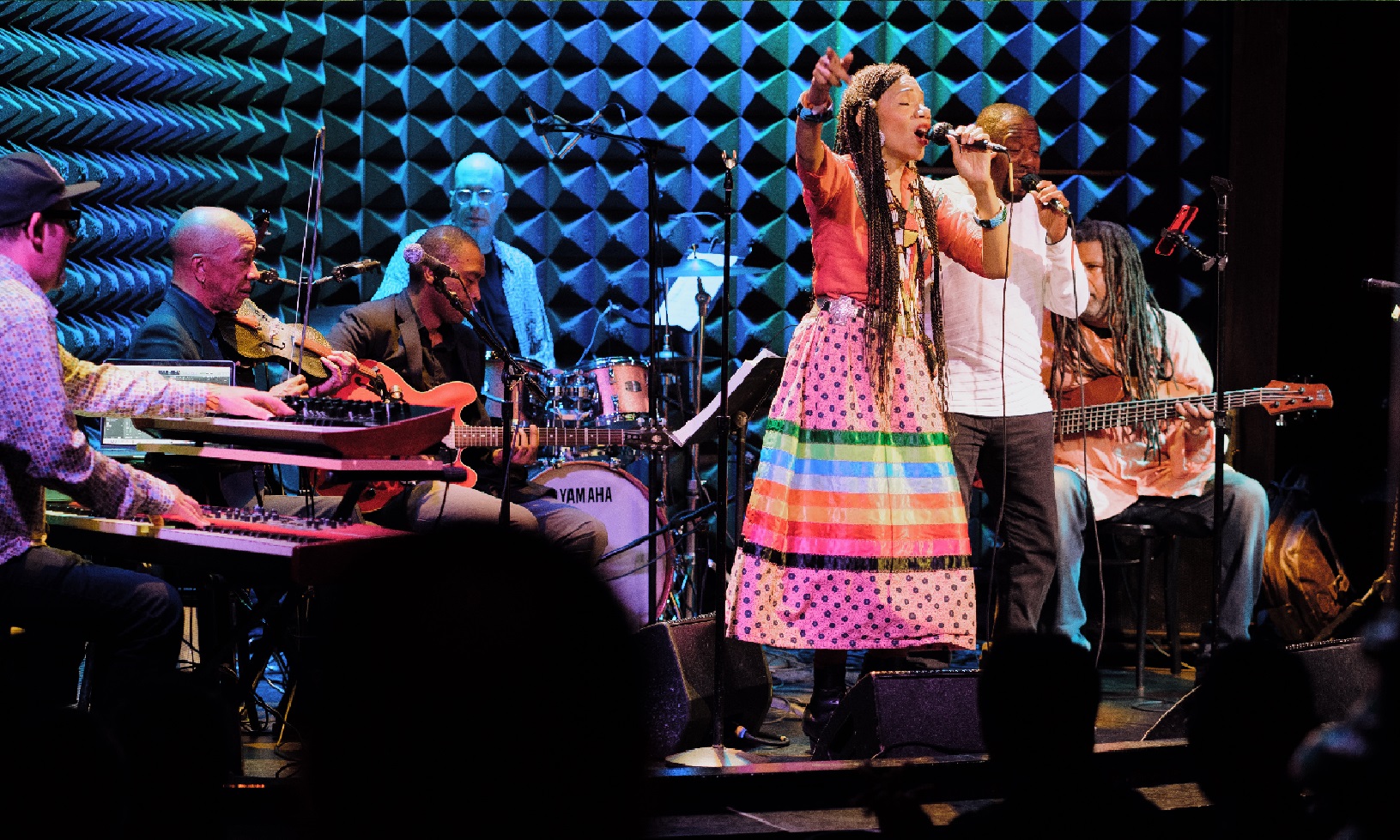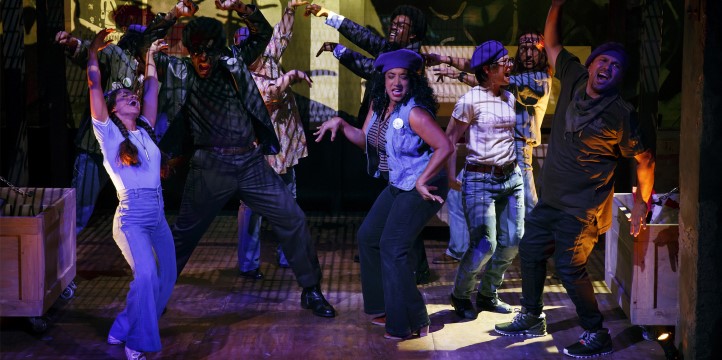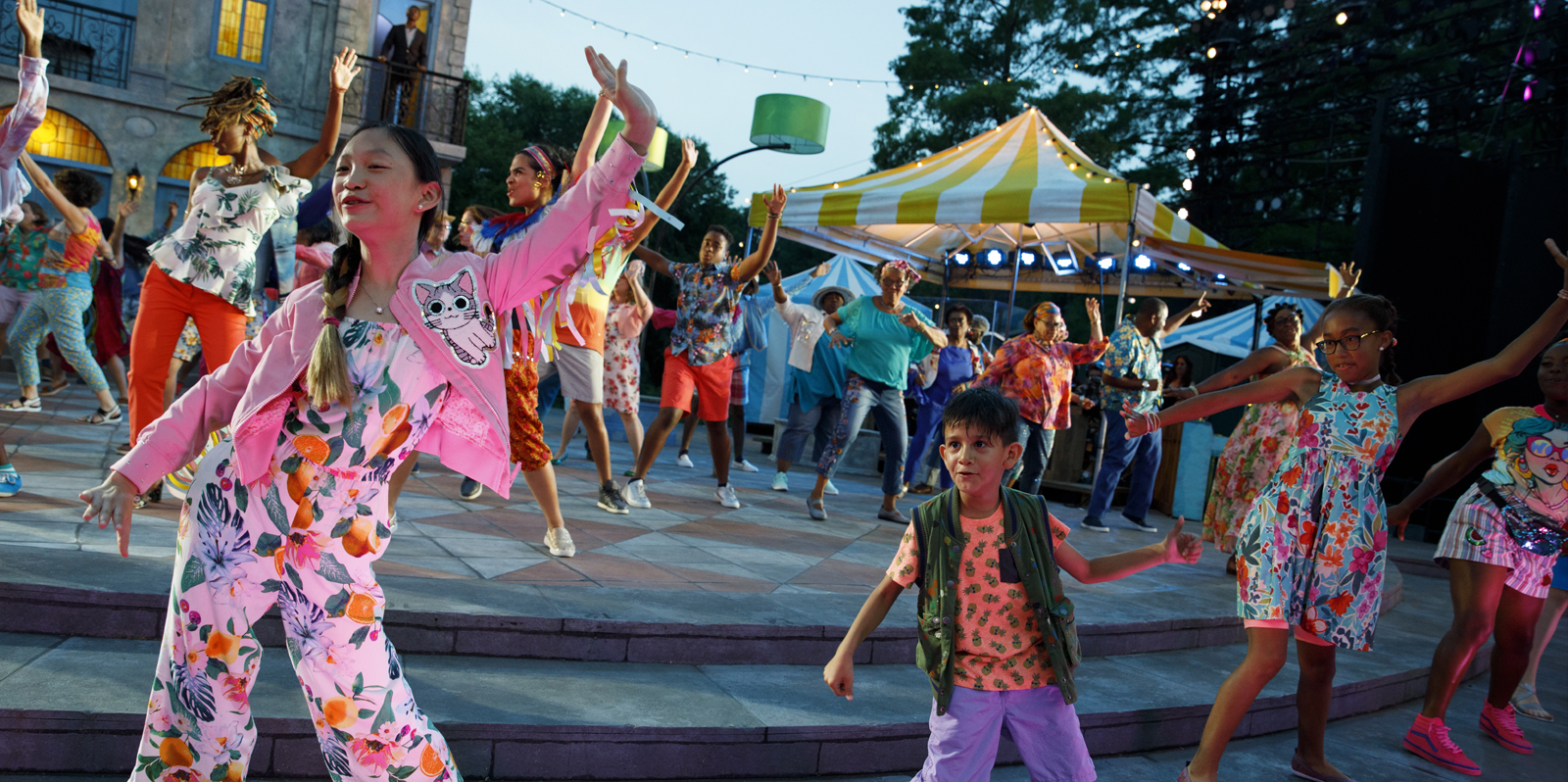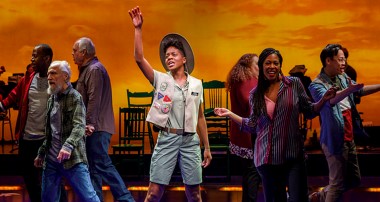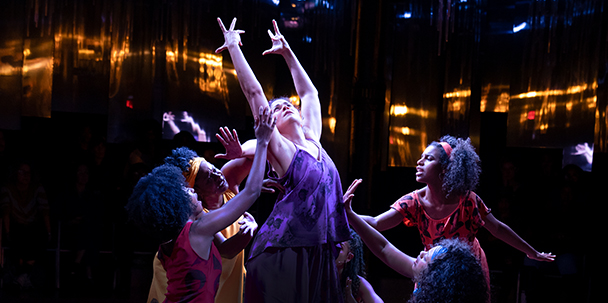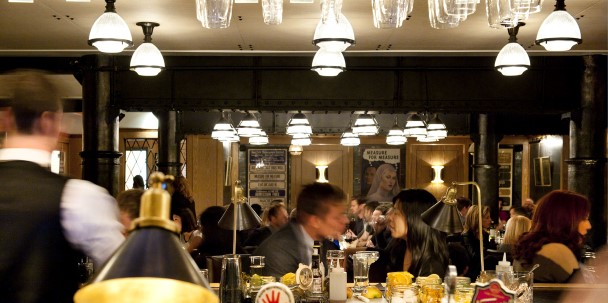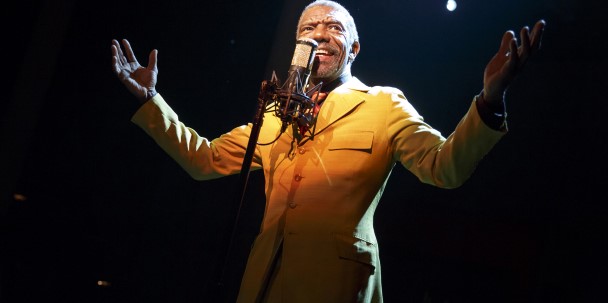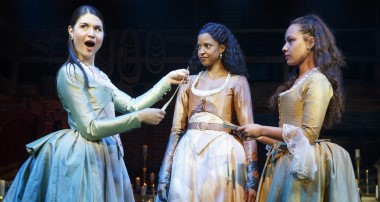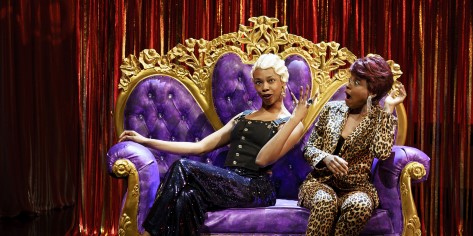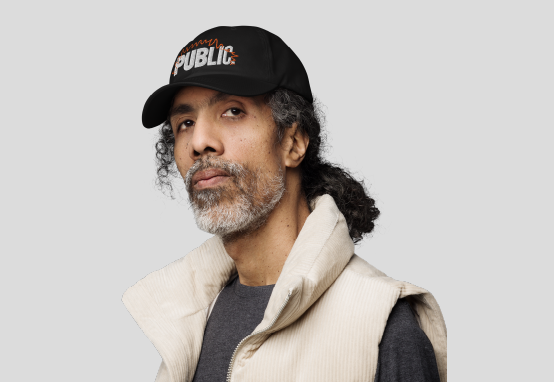Ntozake Shange left behind a legacy, creating a collective language for many women of color with her work. To celebrate this revival and the all-women of color creative team of FOR COLORED GIRLS WHO HAVE CONSIDERED SUICIDE/WHEN THE RAINBOW IS ENUF, we invited photographer CHRISTINE CHAMBERS to capture the creative team through the lens of her portrait photography. Outside the photography studio, we asked the team to reflect on what being on this production and part of an all-women of color creative team means today and for the future.
First in this series of interviews is Director Leah C. Gardiner
What does the legacy of for colored girls… mean to you, and how has that impacted your work?
Ntozake and her work have influenced my poetic and theatrical career for over 20 years. As a young woman graduating from The University of Pennsylvania, I was lucky enough to work with Ntozake as her personal assistant for six months. I remember eagerly soaking up her creative energy and wishing it would never end. I went off to live and work in England and came home to study directing at The Yale School of Drama. For my time away from the States, her essence, her power, and her words never left me.
For my third year thesis at Yale, I commissioned poet Elizabeth Alexander to write a contemporary verse play called Diva Studies. Although Elizabeth’s play was very different to for colored girls… in story and context, it was nonetheless a verse play written by a black woman about black women and extremely exciting to explore. for colored girls who have considered suicide/when the rainbow is enuf, along with Ntozake’s other plays and poems became a foundation for how I approached many verse plays – not just Elizabeth’s, but Shakespeare’s, Marlowe’s, Molière’s and Racine’s as examples. As a director and a poet, I came to Ntozake’s work first. She was my guide and my muse as I began to unpack and direct western classics.
What has your experience working on an all-women of color design team been like?
Yesterday in rehearsal, one of my actors whispered in my ear, "you have assembled an amazing team." I was actually feeling the same way. Strangely, even though we are all women of color, the room doesn’t feel differently in terms of how we create the work because everyone is giving their 150%; but, there’s something magical about looking around you and seeing the joy, passion, and excitement on the faces of everyone on my team and seeing folks feel safe to be themselves. My ASM pulled me aside yesterday as well and told me how grateful she was to be on this team; for months leading up to rehearsal, she has spoken her entire family about this show. It’s that important to all of us. The glee, gratitude, and gratefulness we all feel is larger than I can ever put into words.
What is your biggest challenge as a designer? Who/what inspires you in your designs? What is your advice to women of color interested in pursuing a career similar to yours?
This is a brutal business, especially for women. We are slowly opening up doors and feeling less isolated and alone in our craft. There was a time when I would direct a show and I would be the only woman in the room, albeit one or two cast members – but I would definitely be the only woman of color in the room. When I go into rooms now, I am no longer alone. We are producers and assistant directors; we manage production companies and make hiring decisions. Our power is becoming as great as we and that’s an extraordinary achievement.
This interview has been edited for length and clarity.
Photo by Christine Chambers

